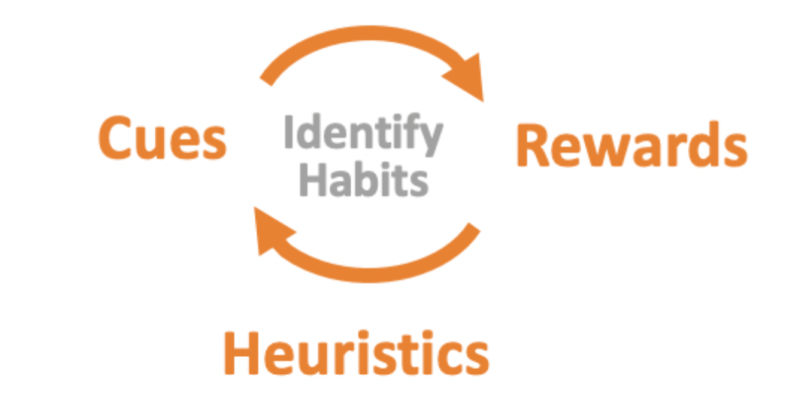Addressing System 1 thinking in CPG research
This byline by Magid’s Steve Flynn was originally published on Quirks.
Support brand and marketing objectives by researching often overlooked consumer buying habits.
At our core, we are creatures of habit. We take the same roads to work or follow the same path when shopping at the grocery store. As we seek to understand what drives these behaviors, it makes sense to look at heuristics – those helpful mental shortcuts that allow us to function.
Because the human brain makes approximately 10 decisions per second, heuristics play a big role in consumer buying habits and the decision-making that goes along with it. Roughly 95% of all decision-making happens nonconsciously, saving us from data overload given the overwhelming amount of decisions we have to make. Rapid-fire, nonconscious decision-making is a System 1 process, and it’s often overlooked when it comes to research that supports brand and marketing objectives.
Habits drive purchase behavior
As CPG marketers, we want to support consumer buying habits that connect with our brand, disrupt habits that connect our consumers to a competitor’s brand and ultimately understand how to inject disruptions in nonconscious decision-making to bring changes in habits. Yet, when we study consumers, we often assume they’re making rational decisions. System 1 is emotionally driven, not logically driven. System 2 thinking is slow, calculated and thoughtful (think buying a house or a car) – and since 95% of all decision-making happens nonconsciously, consumers are unaware of the drivers behind their System 1 decisions – think high frequency, low involvement purchases: CPG products like snacks, beverages and packaged foods.

For example, our brain identifies which brands we have previously purchased, the price and quality of the product, whether it provided any intrinsic rewards – like the satisfaction of choosing a healthy snack – or whether we have already enjoyed that product previously.
Only by identifying habits can we truly understand why consumers choose specific brands in a category, thus allowing us to link compelling rewards, strategies and messages to drive purchase behavior.
Understanding occasion salience
One such way that CPG marketers can gain a better understanding of the behaviors driving target audiences is to recognize the importance of the shopping occasion. People eat by occasion, which is one of the biggest drivers of consumer buying habits and CPG purchase behavior across various categories. As opposed to a U.S. holiday like Thanksgiving, occasions as referred to here are more frequent, year-round occurrences. For example, Kellogg’s cereal is associated with breakfast whereas Bud Light is associated with a post-work happy hour with co-workers. By identifying the brand and memory structure associated with that occasion, marketers are able to bring the brand top-of-mind, and, in turn increase the chance for it to be bought over another product in the near future.
Implement interactive shopper exercises
To help with isolating these scenarios and occasions to gain a better understanding of why consumers make certain choices, marketers can implement interactive shopper exercises by tapping into the nonconscious decision-making that consumers struggle to express and explain via traditional research methodologies. These immersive exercises allow marketers to observe uninhibited brand choices and situational saliency in a controlled environment, helping them identify the habits and heuristics consumers use in all occasions.
Determine the consumer touchpoints
Once habits and heuristics have been identified, marketers can then start to determine the different touchpoints and communications that are more effective for disrupting habits along the path to purchase, depending on what occasion is motivating the shopper. For example, a snack brand may find that its major competitor has been better aligned with a particular occasion, allowing the brand to explore white space or better hone its message to compete.
Developing strategies
By identifying the purchasing segments behaviorally, CPG marketers will better be able to develop strategies that drive consumers to choose their brands over their competitors, and to drive salience, trial and share for future purchases.
